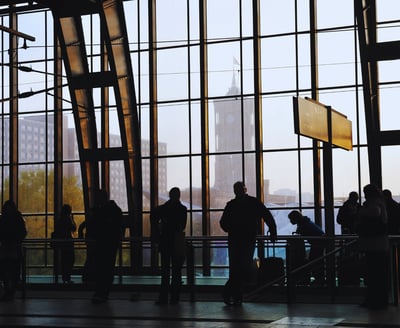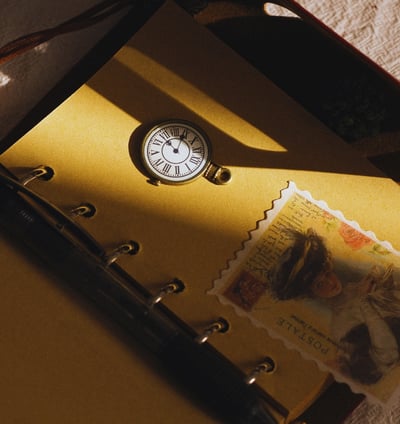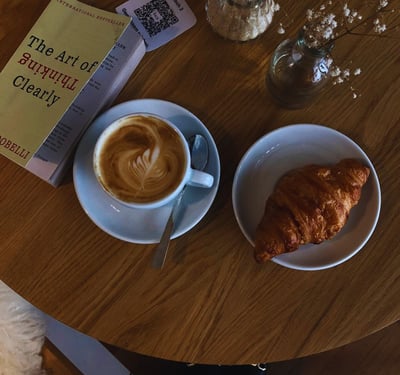The Art of Waiting: Embracing Layovers, Delays, and the In-Betweens


“In every pause, there lies an invitation—not just to wait, but to listen. And when the journey resumes, it does so with clarity, not haste.”
Somewhere between departures and arrivals—between the goodbye kiss and the first sip of arrival coffee—there is a quiet place we rarely speak of. The waiting.
Airports. Ferry docks. Overnight platforms in unfamiliar cities. Shaded benches in bus terminals where nothing seems to move except time itself. These are the invisible seams that hold a journey together. The pauses between the symphonic highs. The rests between the notes.
In travel, we learn to chase moments: the golden light over a hill town, the perfect street corner café, the conversation with a stranger that bends the day. But just as much can be found in the in-between, if we choose not to resist it.


A Moment Suspended
The day I truly learned the shape of waiting, I was sitting on the cold terrazzo floor of Lisbon’s airport. The chairs were all taken. My flight to Paris had been delayed indefinitely due to a ground crew strike. The terrazzo floor, speckled like scattered marbles, reflected the flickering lights above. I remember the sound of someone dragging a suitcase over tiles, the flicker of departure screens like digital candlelight, and the faint buzz of fluorescent lights overhead. I didn’t have a book. My phone had 7% battery.
And somehow, that emptiness became space.
I watched people—really watched them. An older man in a blue suit rubbing his wedding ring as he stared into nothing. A child constructing elaborate kingdoms from water bottles. A woman writing in a notebook with great intensity, like the pages were burning. Everyone had their own world, and for once, I wasn’t rushing through mine. I had landed without having to arrive.
In a world that worships velocity, waiting feels like failure. But it isn’t. Waiting is a different kind of movement—one that happens inward.


The Sacred Middle
There is a geography to waiting that defies borders. A kind of emotional topography only accessible in that suspended space where nothing is expected of you—except to exist.
In train stations across Europe, I have sat beside students and saints, night-shift workers and lovers saying farewell. The benches there are often hard, but the stories that pass through them are soft, breathing things.
In a dusty bus terminal in northern Laos, I watched a dog sleep under the schedule board, unbothered by the swarm of passengers pacing around him. No one could read the board anyway. No one really knew if the 9:30 bus would come at 10, or at noon, or at all. So we waited. Together. A monk offered mango slices to a toddler. A backpacker pulled out a harmonica. And a German traveler read Rilke aloud under his breath.
Waiting is not always idle; in cultures like Laos, shared moments of stillness reflect a deeply rooted sense of community. There, waiting does not provoke impatience—it opens space for unexpected kinship.
And sometimes, that’s the secret delight of traveling slowly: it gives the world time to come find you.


Rituals of the Pause
Waiting, if treated gently, can become a form of ritual. A practice of grounding. An invitation to open yourself to the small, unnoticed corners of the world and your own mind.
Here are some of the quiet habits I’ve learned—or borrowed from other wanderers—over the years:
1. The Postcard Practice
Even if you have nowhere to send it, write a postcard. To a friend. To someone you lost touch with. To your childhood self. Or your future self five years from now. Airports are rich with borrowed time—use it to put something into words. A thought that hasn’t spoken in years.
2. Mapping by Senses
Instead of scrolling or checking the time, close your eyes for a moment and listen. Try to name five different sounds. Then five scents. Let the place imprint itself into your senses—not as coordinates, but as sensations. In these spaces, designed for nothing but waiting, let your senses guide you—find the rhythm that still hums quietly beneath the impatience.


3. The One-Line Journal
Carry a small notebook—or open your Notes app. Every time you look up, write down one line of what you see or feel. Don’t judge it. Let the line be a fragment, an image, a question. Over time, they become poems.
“A woman in red is crying into a paper bag.”
“The light here falls like it remembers someone.”
4. Objects as Anchors
Touch something small. A pendant. A bracelet. A worry stone. Let it absorb the moment. The next time you touch it, the waiting will return—not as frustration, but as calm.
5. Tea, Badly Made
Even with just a paper cup and a vending machine, making tea is a gesture of settling in. Of refusing to pace. In Turkey, I saw a man brew tea beside his cart during a twelve-hour delay, pouring tiny tulip glasses for strangers. No one remembered the delay. Everyone remembered the tea.
6. Look for the Unnoticed
Count the ceiling tiles. Watch the way people stand when they think no one is watching. Trace the path of a moth circling a light. The world does not stop just because your itinerary has. In fact, it’s trying to speak.
Try these rituals next time you’re in a place like Changi Airport, where orchid gardens bloom beside departure gates, or Munich Hauptbahnhof, where echoes carry stories through arched ceilings. These spaces, designed for flow, paradoxically offer some of the gentlest corners in which to pause.
Arrival, Gently
Eventually, the gate will open. The ferry will call your name. The bus will hiss and wake. And the people around you will shuffle forward, the spell of stillness broken.
But if you’ve waited well, something lingers. You carry the silence with you like a shawl. You walk differently—not just toward a destination, but through it.
Travel becomes not a series of checkpoints, but a continuous act of attention.
And when you arrive, it’s no longer just the destination that greets you—it’s the journey’s echoes, shaping how you see everything that lies ahead.
—Stillness travels with you.
✉️ Contact:
Curated by TrueTrip Hub |
© 2025 Invisible Atlas — All rights reserved.
Invisible Atlas
Journey Beyond the Visible
invisible.atlas@truetriphub.com
